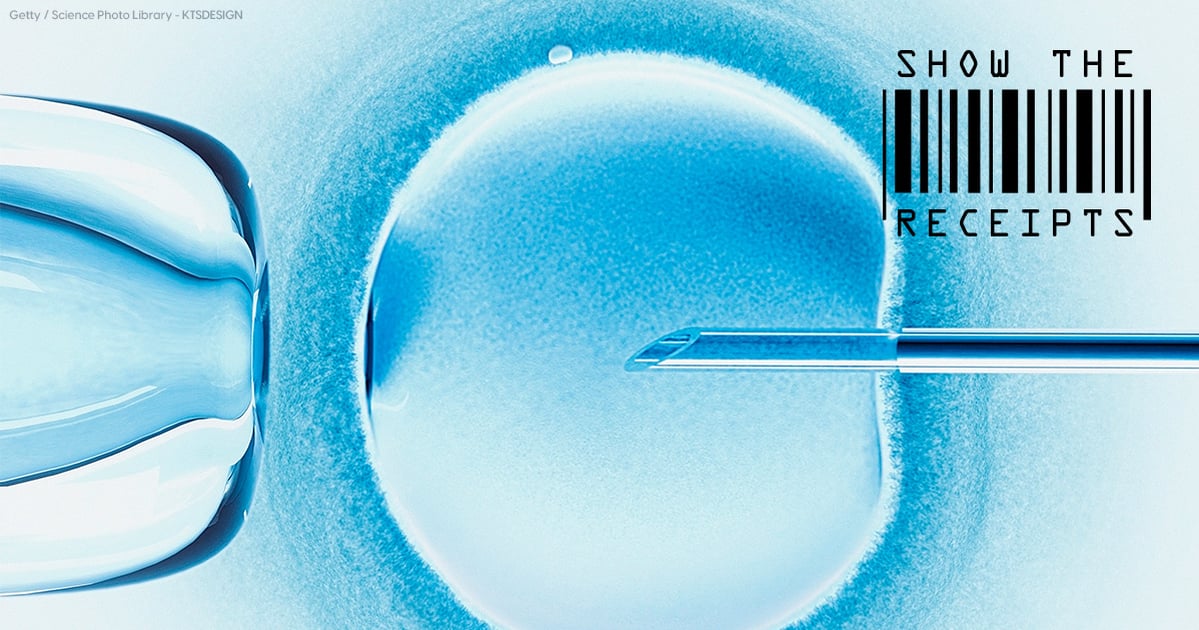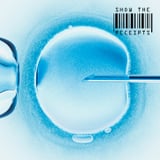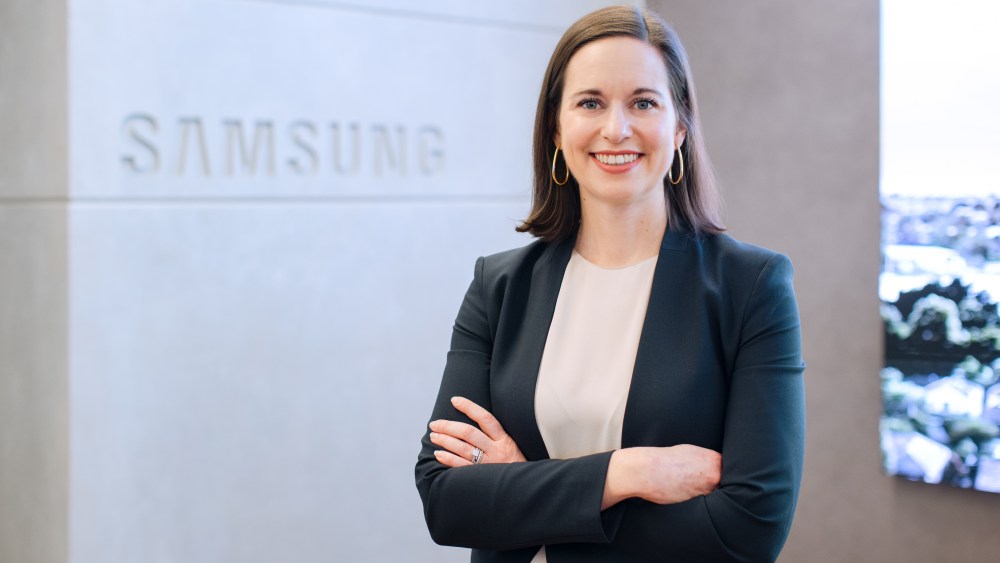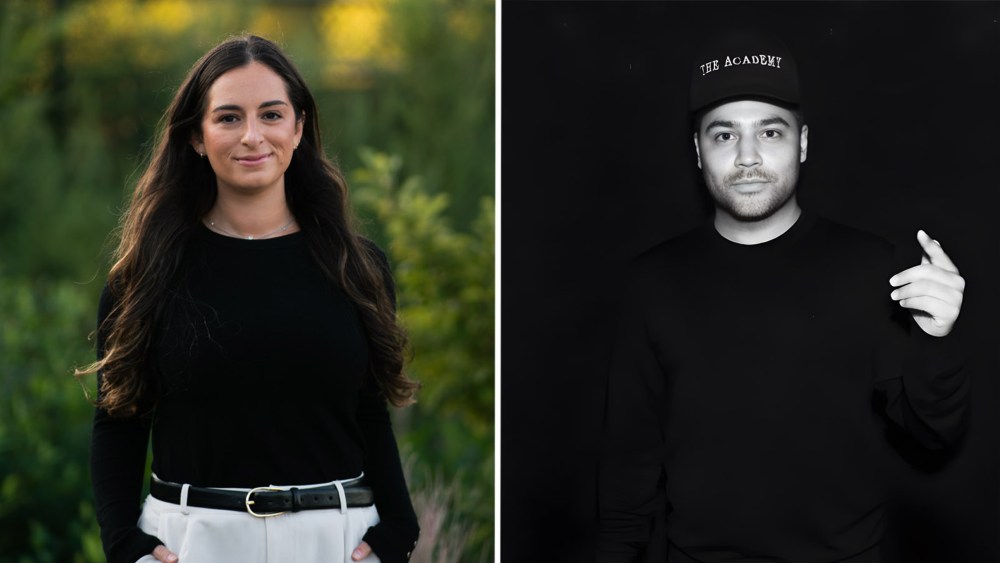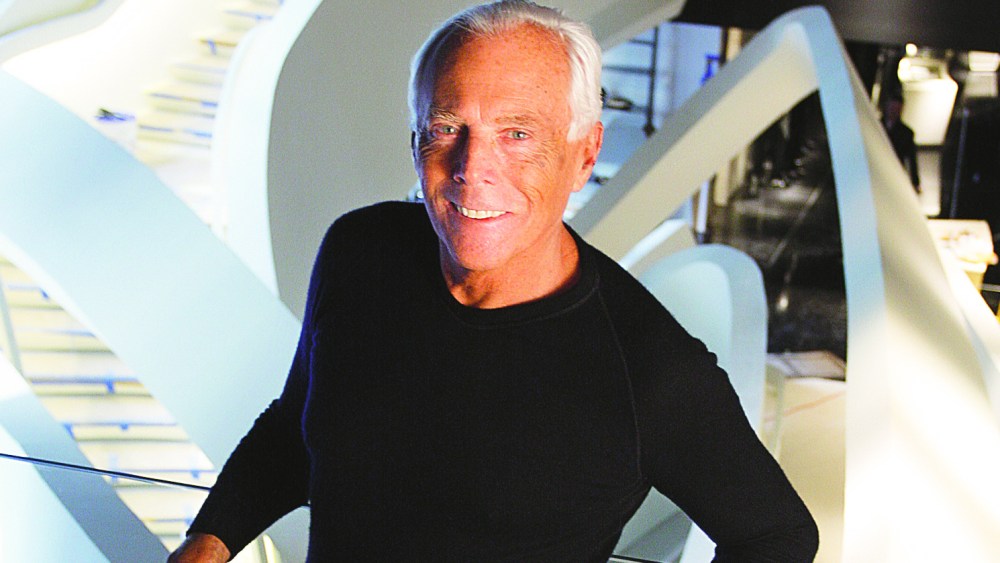Welcome to Show the Receipts, a series where we ask interesting people to share exactly how much it costs to get shit done. No matter the task, we’re tracking every last dollar from start to finish. Up next: IVF.
Alyssa Jennings Madrid knew getting pregnant was going to be a challenge. With a double uterus, endometriosis, and only one fallopian tube, “my anatomy was working against me,” she tells PS. Still, doctors assured her that she was young and, thus, success was likely. Following her gut, in 2019 she booked a consultation – a second opinion – with a fertility specialist, who confirmed that IVF was the necessary path forward.
She and her husband Steven were optimistic, embarking on the IVF process with a general understanding of the financial requirements and the hope that paying the lump sum upfront would suffice. Much to their surprise, the first embryo transfer worked. “I did get pregnant, but we lost the baby at 23 weeks,” Jennings Madrid says. “What I wasn’t prepared for is when we went back to do IVF again, that it was going to take us years and years and years and years and cost hundreds of thousands of dollars.”
Since then, Jennings Madrid has undergone two egg retrievals and nine embryo transfers. After the birth of their son last year, the couple is now preparing for their 10th transfer, and yet, this only accounts for a small piece of the pie. While prices for these procedures vary already based on circumstances like someone’s location and insurance coverage, among other factors, that doesn’t include the ancillary costs that often come when “things aren’t working,” she says. For Jennings Madrid, this has meant countless appointments, genetic screenings, embryo tests, fertility tests, immune system tests, surgical procedures – each to the tune of $700, $1,800, $2,500, sometimes more.
“There’s this surface world of IVF where it’s the egg retrieval, the medication, the transfer, maybe some blood panels to make sure there’s no blood clotting disorders. Then there’s this underground world of IVF when you’re a long hauler that you get thrown into, and that’s when the really intense costs start to pile up.”
Here’s the full price breakdown.
Task: IVF
Number of rounds: 2 egg retrievals, 9 transfers
Location: San Francisco, CA
Timeline: 5 years
The Receipts
Clinic consultations: $400 each, or $2,400 total
Medication: $20,000
Sperm retrieval: $0
Egg retrievals: $23,000 each, or $46,000 total
Embryo transfers: $6,900 each, or $62,100 total
Bloodwork and ultrasounds: $70 and $150 each, respectively, or $21,000 total
Anesthesia: $500 each procedure, or $4,000 total
Embryo testing: $25,000
Fertility testing: $7,900
Intralipid injections: $500 each, or $5,000 total
Misc surgical procedures: $20,000
At-home care products: $5,000
Supplements: $3,600 per year, or $18,000 total
Acupuncture: $6,500 per year, or $32,500 total
Therapy: $5,720 per year, or $28,600 total
Embryo storage: $1,250 per year, or $6,250 total
Total: $303,750
How I Did It
PS: What was the most unexpected cost you discovered during the process?
AJM: When you look at it on the surface, the two retrievals and nine transfers cost over $100,000. Yes, that sucks. But what was really surprising was all the extra costs associated with everything that happened after our first transfer.
When we lost our son, we found out that I am a carrier of a genetic defect. We had to test all of our embryos, via PGT-A and PGT-M testing, separately for this defect. That cost was so high – it was $25,000 to test 30+ embryos – and I was just blown away. You’re doing immune testing, you’re seeing another doctor for a second opinion, you’re doing all of these crazy tests. I had to do IV injections for my immune system. When I was told to get an immunity panel done and it came out to $2,500, I’m like, are you kidding me?
That’s when I realized IVF is no longer just the egg retrieval and the transfer purchases. It’s the HSC, the HSG, the Test of Insufficient Variance (TIVA), the anesthesia for the procedures, the biopsies, the lab testing – those alone were over $30,000. That’s what really blew my mind.
PS: Medication was also pricey. Were you surprised by that?
AJM: I had no idea that a vial of something could be $1,200, and you might need more than that one vial. There are suppression meds, transfer meds, and egg retrieval meds. I just paid $400 for a trigger shot the other day, and it is the smallest little shot that I will take at one time. There are so many amazing women in the community – in various Facebook groups – who are willing to give you a medication that they didn’t use, even though it’s illegal. Some clinics will also take unused medication from people and help disperse it to women who don’t have insurance coverage.
PS: Speaking of insurance. What did your coverage look like during these IVF procedures?
AJM: Insurance covered very little. California doesn’t have a coverage mandate like some other states do. I worked at a very small startup and we had no fertility coverage and my husband cycled through different jobs, including a big law firm where there was no coverage. Then he was at a tech company where there was a little coverage, but it didn’t fall during our cycle times. So we would go back and forth with them like, “OK, you won’t cover our clinics lab, but if I go to a LabCorp, will you cover my bloodwork there?” It was just constant fight of what they would cover.
And because these clinics I’m going to are fertility clinics, they aren’t covered under my insurance. When I had my D&C or my D&E procedures, I had to go to my regular OB-gyn and then they would cover it. So much depends on your specific insurance and what’s in network and what’s not in network. Some doctors don’t accept insurance at all. To book a consult, you might have to pay anywhere from $400 to $800 just to talk to the doctor. And then if you do move forward with them, then you start to pay all the other costs out of pocket. It’s frustrating.
PS: There were a few expenses associated with IVF outside of the procedures that you made room for regularly, like acupuncture and therapy. Why was that extra cost worth it to you?
AJM: My clinic does acupuncture on site to help with the stress associated with transfer day and to help relax you. The fact that clinics are doing it on site justifies me going on my own, but when I do it depends on where I am in the cycle. Before my egg retrieval I did it for egg quality, before my transfer I did it for implantation and inflammation, while I was pregnant I did it for anxiety and hormonal regulation, and postpartum I did it for nursing and sleep. During cycles, I go two times a week, sometimes I go once a week, sometimes I go twice a month.
Same with therapy. I go on and off depending on how I’m feeling and what my insurance will cover. More recently it was to help with the loss, our late loss, and my prenatal anxiety being pregnant after a late loss. It’s really hard for women to prioritize their mental health, and it’s also really frustrating to have to think about another appointment, and another appointment that insurance may not cover. Insurance can be really hard when it comes to therapy because what they will cover, a lot of times those therapists are booked out or they don’t specialize in fertility. But I’ve found it really helpful for grief more so than navigating the IVF side of things.
PS: Let’s talk about at-home care. What products have you found particularly helpful?
AJM: I’ve used the Dandi IVF Care Kit ($185), and cooling and heating pads for pre- and post-shots have been huge. Lidocaine Patches ($13) for injections help with the pain. I have a Celluma Infrared Light Device ($750) that I’ve used pre-retrieval for egg quality and pre-transfer for inflammation, and then post surgeries for healing. Heating pads for just overall discomfort after some of the procedures. I use silly things like socks; they say in Eastern medicine to keep your feet warm during IVF to help keep the blood flowing. There’s a nonprofit called Cozy Warrior that raises money for IVF and they make comfy, warm socks. So comfy clothes, socks, and things like medical organization containers to help organize all of your meds to make sure that you have everything you need in an easy space to grab.
Also, on average, I spend about $300 on supplements every month to support wherever I am in the process, so that’s steadily since 2019. When you start an IVF cycle, most clinics will have you go on something called CoQ10 ($26), Melatonin, baby Aspirin – things to help with inflammation and egg quality. When you go in for a transfer, you have to take your prenatal vitamins, your omega 3s, and things like that. I take vitamin E. I also have endometriosis, so my doctor has me taking something called NAC to help break down adhesions and cysts. So it just depends on where you’re at in your cycle.
PS: Where have you had to make sacrifices in your budget to accommodate the price of IVF?
AJM: We bought our first home in San Francisco in 2017, started IVF in 2019, and we’re still in that same home. We likely wouldn’t be if we didn’t go through what we went through – not only because of the financials, but also the exhaustion and the grief that really sets you back from making any other family plans. We also stopped traveling as much. My husband and I are huge travelers and we wouldn’t take trips, whether it was because we had a cycle coming up or we just had to pay $7,000 for one of our nine transfers.
I lost my job when I was pregnant, and that was really hard financially; I decided to stay home with my son, and we’ve been able to make that work. Now that we’re starting IVF again, it’s daunting. How much more do we have to spend for a sibling and how does that now fit into our budget with me staying home? Will I go back to work? Do I need to go back to work for IVF coverage? Does that make sense financially? Where is our stopping point?
Final Thoughts
At the end of the day, the cost of IVF goes goes beyond the monetary. There are emotional, physical, and daily lifestyle considerations that can take a toll. “We are exhausted by how much we’re spending,” Jennings Madrid says. “We’re so fortunate to be able to have afforded IVF and not take out loans, but it’s been a huge hit financially and a very big topic of conversation since 2019. It’s frustrating because we saved all this money for our future, and instead we have to use it on just building our family, which I’m grateful that we have it, but that’s not what we saved it for. And it feels unfair.”
In the coming weeks, the couple will embark on their 10th transfer. They have decided to try for a sibling for their son with the four embryos they have left, and what comes after will be the end. “It’s either we get one living child out of the four embryos we have, or we do four embryo transfers and it doesn’t work. And we decide to just close the door on it all.”
Kelsey Castañon is a Brooklyn-based writer, editor, and content strategist with enough years of experience to warrant a retinol prescription. She is currently the senior content director at POPSUGAR, where you can find her stockpiling (and reporting on) everything from skin care to wine. Previously, she’s worked with the brilliant minds at Refinery29, Seventeen, Shape, Allure, and Teen Vogue, and has appeared on TV segments on “The Dr. Oz Show” and “Good Morning America.”
